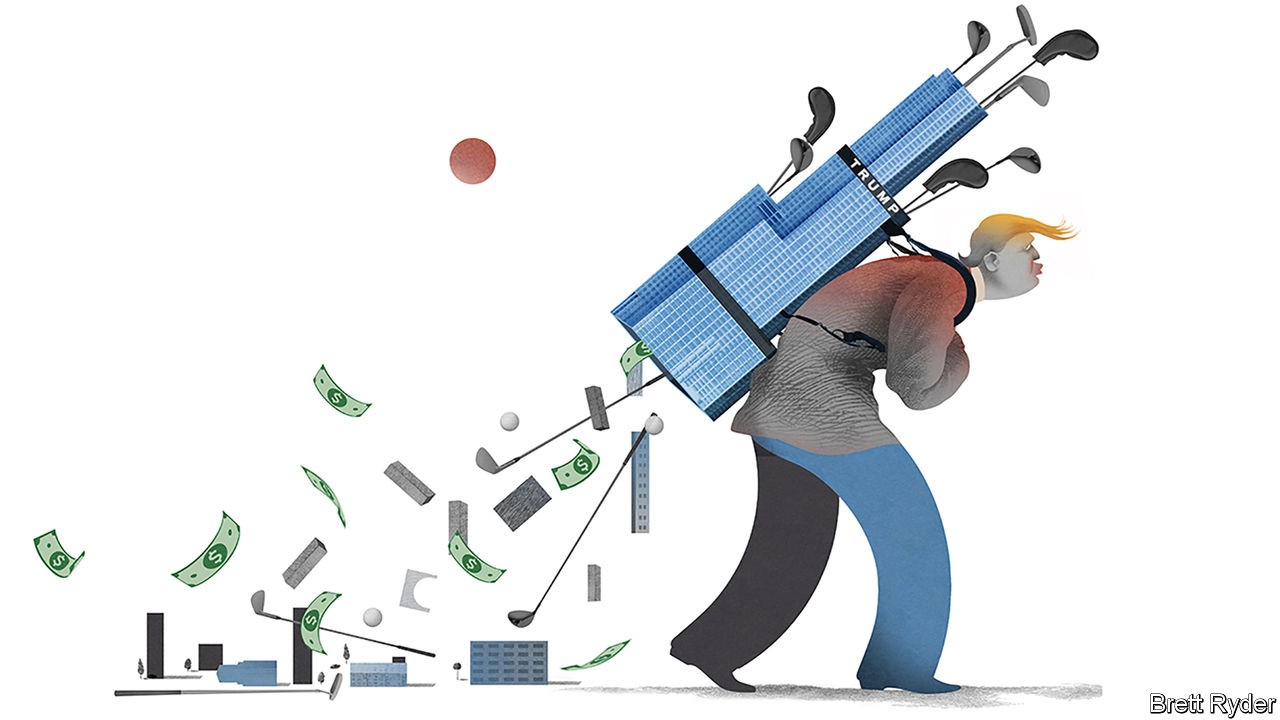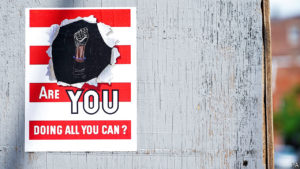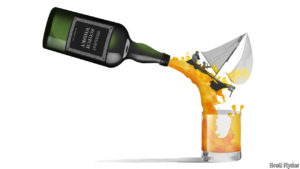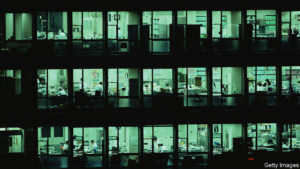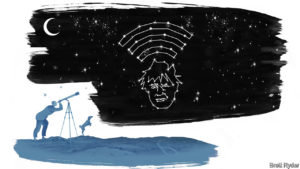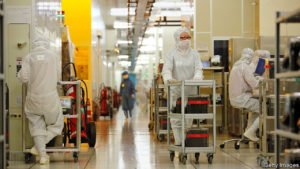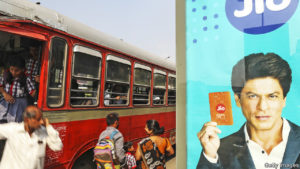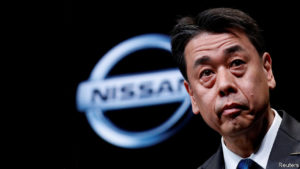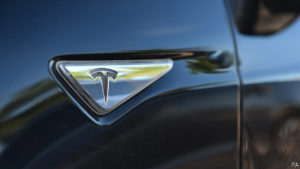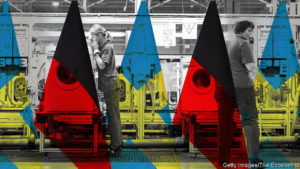https://www.economist.com/node/21792361?fsrc=rss7Cbus
“THE APPRENTICE makes me $3m a day. Ker-ching. That’s the music it makes. It sure beats bricks and mortar, hey?” So a British businessman, imitating Donald Trump’s distinctive drawl, recalls a conversation the two men had by telephone years before Mr Trump became president. It was a high point of their relationship that the Brit still savours.
Broadly speaking, Mr Trump was right. As the New York Times reported on September 27th, after trawling through almost two decades of his long-concealed tax records, the president’s 50% stake in the reality-TV show, which helped craft his image as a successful tycoon and catapult him to the White House, was the shrewdest business move of his career.
Yet the self-styled property Midas almost blew the windfall on bricks and mortar. Before becoming president Mr Trump spent much of his money on golf courses, hotels and other trophy assets that the Times says have since racked up huge tax losses. Thanks to that red ink, it said he paid a mere $750 in federal income taxes in both 2016, the year he was elected, and his first year in office—and not a cent in ten of the previous 15 years.
In the presidential debate on September 29th Mr Trump disputed the account, saying he had paid “millions” in income taxes. A lawyer for the Trump Organisation told the Times that “most, if not all, of the facts appear to be inaccurate” but only directly questioned the amount of tax the president reportedly paid. In the past Mr Trump might have shrugged it all off. In 2016 he said minimising his taxes “makes me smart”. But even if the revelations hurt him politically, many businesspeople will see them in a kinder light. For them, the most intriguing question is not whether Mr Trump is a boy scout but whether he is a good businessman.
It is a hard question to answer. Mr Trump has never released his tax returns, and his businesses are privately held. The financial disclosures he made as president last year covered more than 100 business entities, ranging from skyscrapers to books. He can inflate assessments of his own wealth by billions of dollars just in the course of a conversation. The Times scoop provides another important piece of the jigsaw puzzle. But because it refers to tax accounts, it probably represents what Mr Trump wants the taxman to believe, rather than the full reality.
To get the measure of the business, it helps to consider the Trump Organisation, Mr Trump’s main vehicle, as a relatively modest, America-centric enterprise. Its bedrock is property. Its biggest assets are two buildings in New York and San Francisco in which Mr Trump owns a minority stake, and his two Manhattan stalwarts, 40 Wall Street and Trump Tower. The Times says that these four have produced big profits—until the pandemic, that is. But if Mr Trump, like other property barons, uses the wear and tear on his buildings, known as depreciation, to generate tax deductions, it is possible that they have done even better than the tax records make out.
Then there is “The Apprentice”. According to the tax records, his appearance on the show generated $200m, which is a spectacular result. He also reported $230m of additional income from the licensing and endorsement deals that came out of it, on everything from Trump-branded hotels to Oreo cookies. Beyond that are some puny international branding endeavours on buildings in other countries, some of which are white elephants. The tax records indicate that his biggest losses have come from golf courses, into which he has poured money over the past decade. The Times says some of the biggest ones, including two in Scotland and one in Ireland, are loss-making even before depreciation.
How solid the Trump business remains depends on four factors about which the full picture is still unclear. The first is debt. The Times reports that he has $300m in loans coming due in the next few years for which he is personally liable. It is not known whether he mortgaged these borrowings against solid assets. If he did, they are probably manageable. If not, the debt could become contagious—but it doesn’t have to. Banks will nevertheless be jumpy. In a compliance-obsessed era, few are keen to engage with politicians of any stripe—particularly one with Mr Trump’s profile. There may be other liabilities. Mr Trump is the subject of an ongoing federal tax audit for a $73m refund he claimed a decade ago—and which he may need to return. Of immediate concern is covid-19. Many of his commercial tenants will be reeling from the pandemic. Hotels are suffering from low occupancy; high-density office buildings in New York could fall in value because of remote working; footfall has fallen among luxury retailers who occupy his buildings at street level.
In the 18th hole?
Ultimately, the future will depend on the durability and value of the Trump brand. “The Apprentice” showed how lucrative it could be. But whether he could get a similar television deal in America whenever he leaves power may depend on his popularity at the end, and the manner in which he leaves the White House. He could look for TV opportunities abroad, where his recognition is far higher now than it ever was during “The Apprentice”. There are plenty of international media moguls who would be keen to profit from another chapter in the Trump soap opera. Or he may simply retire, handing over the keys of the kingdom to his children to manage or to liquidate.
That is unlikely. The best time to do so would have been before taking office. In a new book about the president’s business interests, “White House, Inc”, Dan Alexander, a journalist at Forbes magazine, calculates that had Mr Trump done so back then and invested the proceeds in the S&P 500 stockmarket index, by March of this year he would have been richer by $415m—twice what he earned on “The Apprentice”. To a businessman that must rankle, whether he is an astute one or not. ■
Dig deeper:
Read the best of our 2020 campaign coverage and explore our election forecasts, then sign up for Checks and Balance, our weekly newsletter and podcast on American politics.
This article appeared in the Business section of the print edition under the headline “All the president’s moolah”
